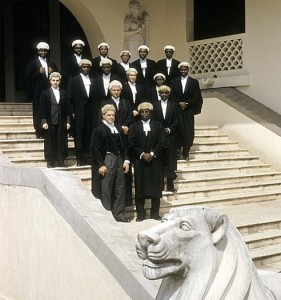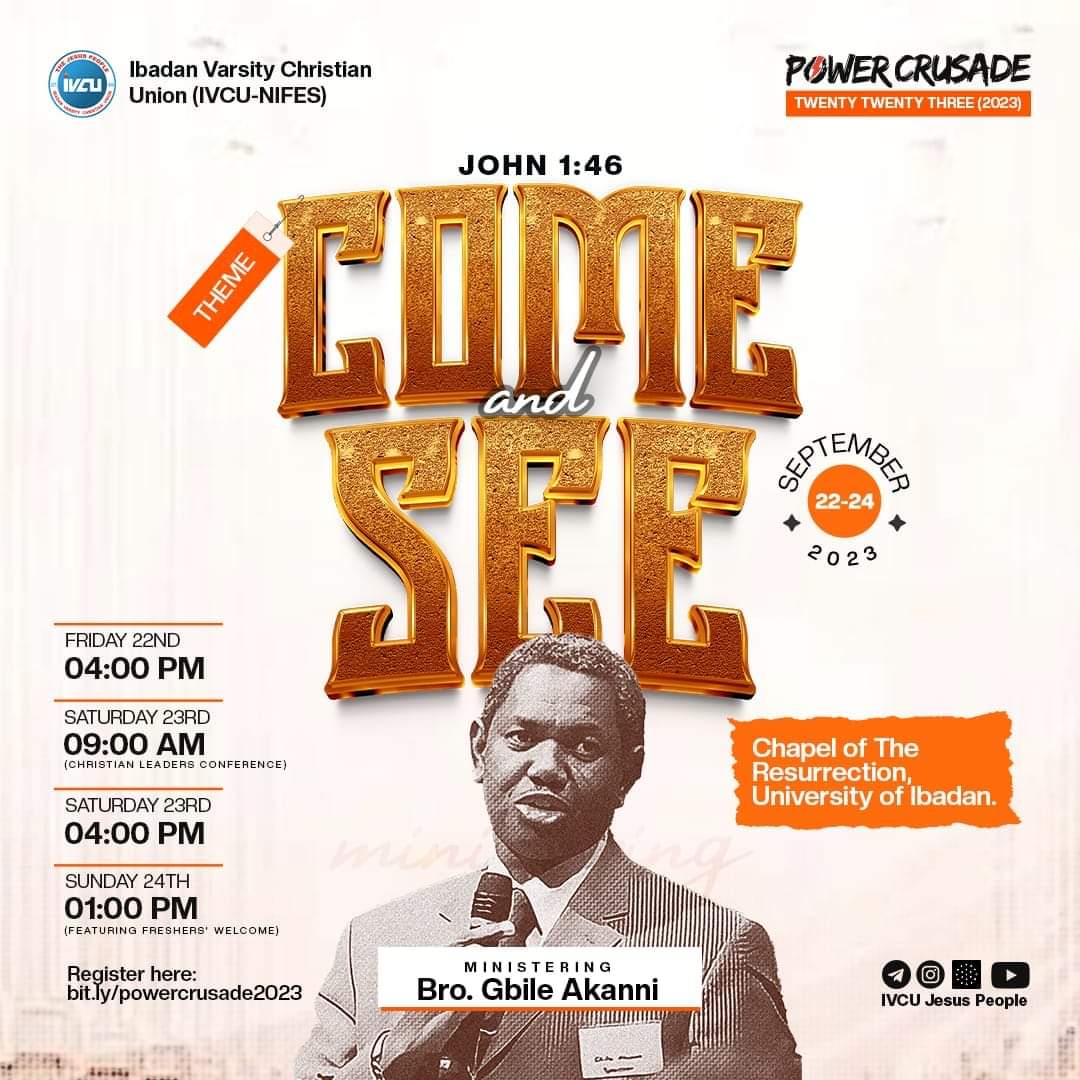
Judiciary makes the third arm of the Nigerian government, the other two being executive, and the legislature. The law, including the ones being made by the legislative arm is interpreted and applied in adjudicating in disputes arising between separate entities. The Supreme Court, as the highest court, is the last stop on all appeal matters. Under this court is the Appeal, Constitutional Courts and the High Courts, which, like the highest court, has such number of justices as is being prescribed.
The most developed judicial structure in pre-colonial southwest Nigeria was the Dipomu system, which proved most effective in divorce cases. However, the cession of Lagos to the British crown in 1861 began an era of rapid transfer of power from native to colonial hands in matters of law. With a law enforcement force of 700 men, the first British Governor of Lagos, H.S. Freeman gained the confidence to declare an ordinance which for the first time established the laws of England in a ‘Nigerian’ soil. A court of law, the St. Anna Magistrate court was opened at Tinubu Square, Lagos in 1869 and a supreme court in semblance of English judiciary was established for the colony of Lagos in 1876.
Prior to the 1933 judicial reform which effectively consolidated the legal profession in Nigeria, there existed an informal system that prevailed during the interregnum between this era and the introduction of modern reforms. Even though a few had been added to the list of lawyers since Alexander Sapara Williams, the acute shortage of professionals necessitated the phenomenon where unqualified but literate people practised as lawyers and barristers at court. The ‘champions at law’ with basic knowledge of English law and court proceedings pleaded on behalf of litigants in civil cases. Licensed letter-writers with their wordy bogus letterings practised almost like qualified solicitors. These two make-shift institutions, the latter deriving its legitimacy from the illiterates Protection Ordinance of 1900 was phased out progressively from 1913 to 1933. With this reform, Magistrate Courts were established with a High Court at the top of the hierarchy. Jurisdiction of the Lagos supreme court was extended, becoming the apex court of the amalgamated protectorate of southern and northern provinces of Nigeria. A disciplinary code was also published for lawyers who were now officially permitted to appear before all courts except the native courts which were purposely retained.





















